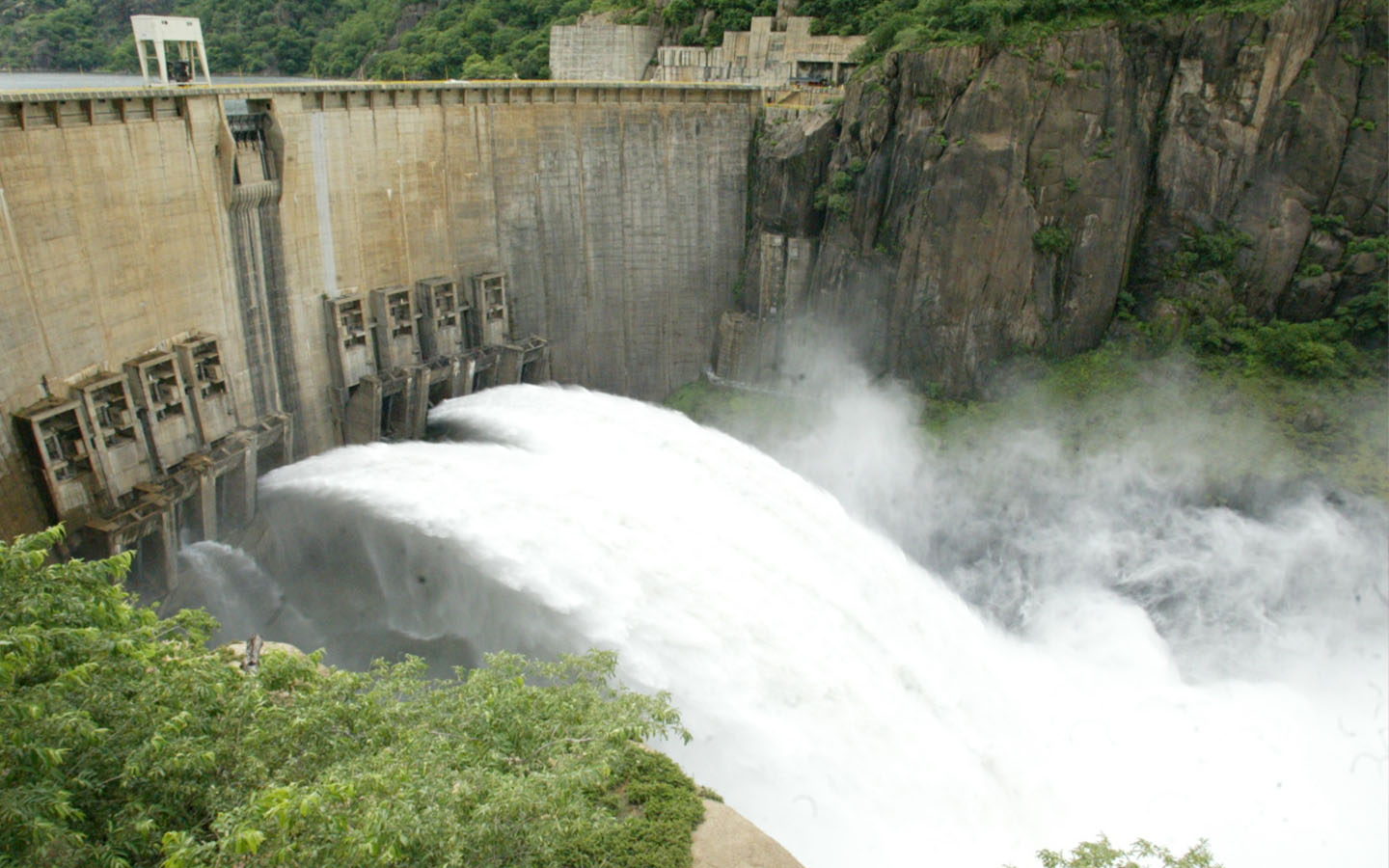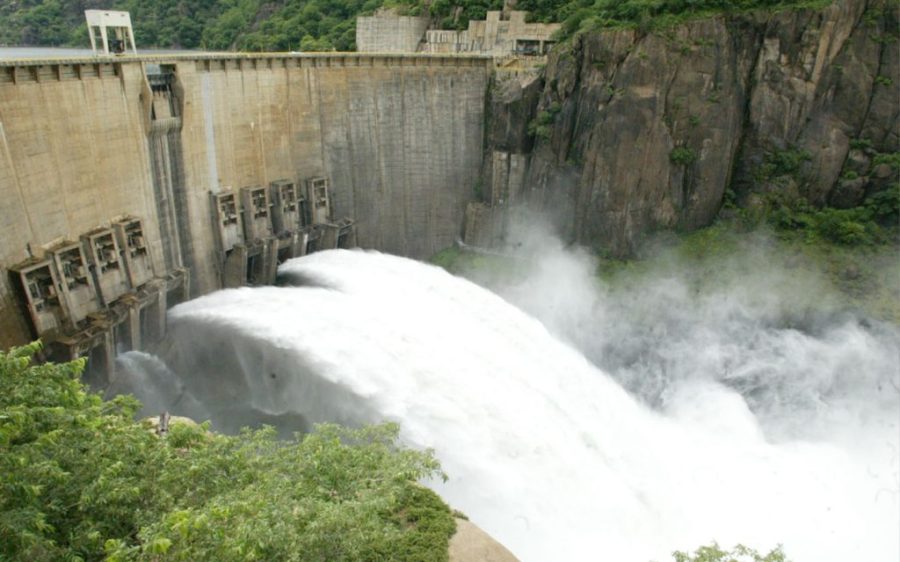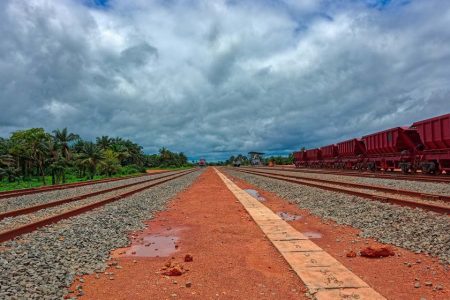Austrian industrial technology group Andritz will rehabilitate Cahora Bassa Hydropower Plant (HCB), increasing electricity production at Mozambique’s largest producer, reports the Portuguese news agency Lusa.
According to a company statement, Andritz won a contract aiming to “enhance the efficiency, reliability, availability and maintenance of the infrastructure” at HCB, increasing capacity by 4 percent or 433 megawatts (MW) for each of the five generators.
“Andritz will supply five new state-of-the-art 480 MVA generators, five new Francis turbine rotors, control and protection systems, and hydromechanical structures,” the statement added, noting that the project includes “the manufacturing and supply of high-efficiency equipment, as well as installation, testing, and commissioning at the project site.”
Cahora Bassa’s generating units will be replaced one by one to ensure the “stable and continuous” operation of the other units. Such challenging work will require thorough coordination with the rehabilitation of the Songo Converter Substation, which HCB will carry out in parallel.
[See more: CGN Brazil expands its renewables footprint with new solar complex]
Construction on Cahora Bassa began in 1969, wrapping in 1974, just before the end of Portuguese colonial rule. Commercial operations began three years later, sending out 960 MW from three generators, compared to the current installed capacity of 2,075 MW. It is one of the largest electricity producers in the region, supplying power to both domestic and regional markets.
Cahora Bassa is key to Mozambique’s renewable-heavy energy mix, providing over 80 percent of electricity generated in the country last year despite a 4.1-percent drop to 15,504.4 gigawatt hours (GWh), its lowest value in four years.
Hydropower in the country is expected to decrease by 4.1 percent overall and solar power by 5.8 percent, contrasting with an expected 17.6-percent jump in thermal power. Nearly half of the latter comes from the CTRG natural gas plant in Maputo Province, which is projected to increase production by 7.4 percent in 2025.
Despite the expected setbacks in 2025, Mozambique remains committed to leveraging its renewable energy potential to meet its ambitious US$80 billion energy plan. The government is currently seeking the remaining financing needed for the Mphanda Nkuma Dam, a proposed 1,500 MW hydropower plant some 60 kilometres downstream of Cahora Bassa on the Zambezi River.






